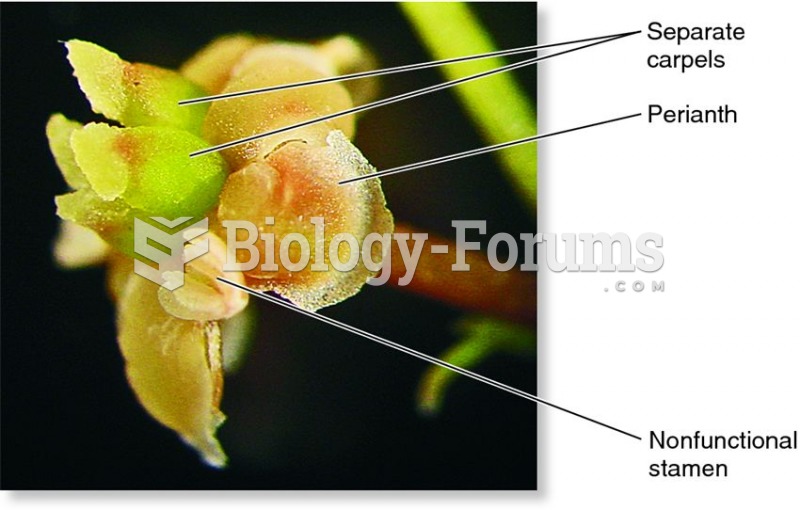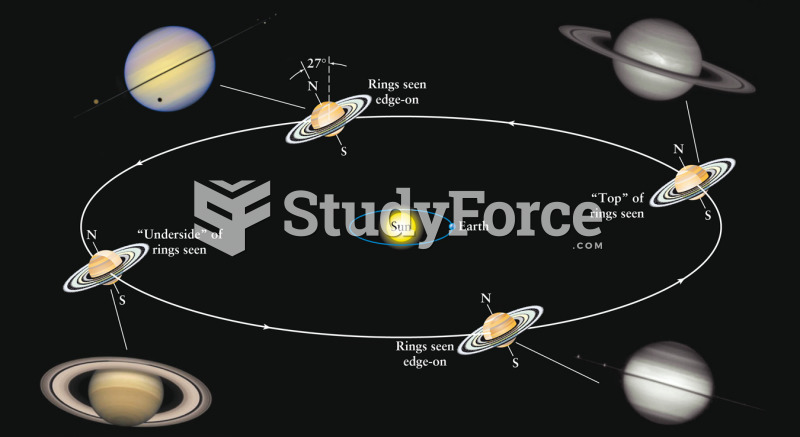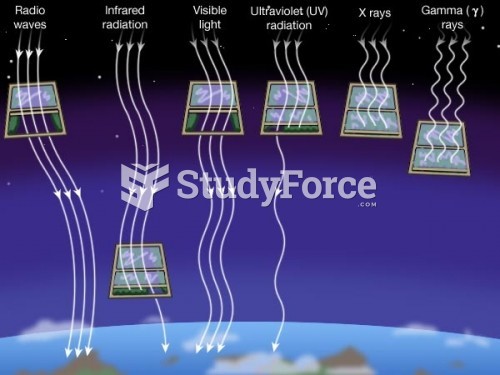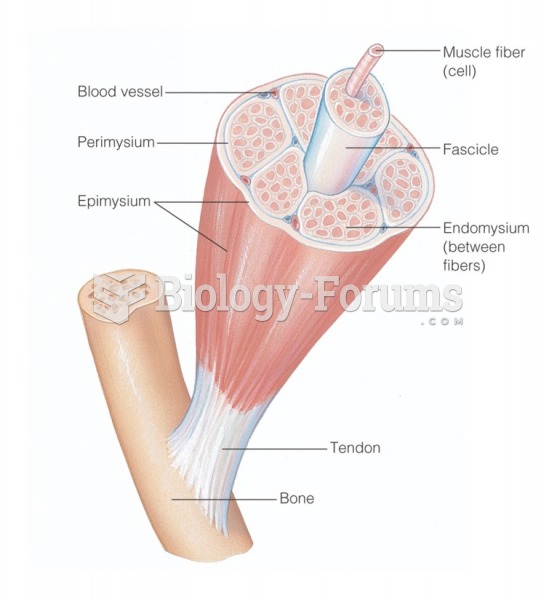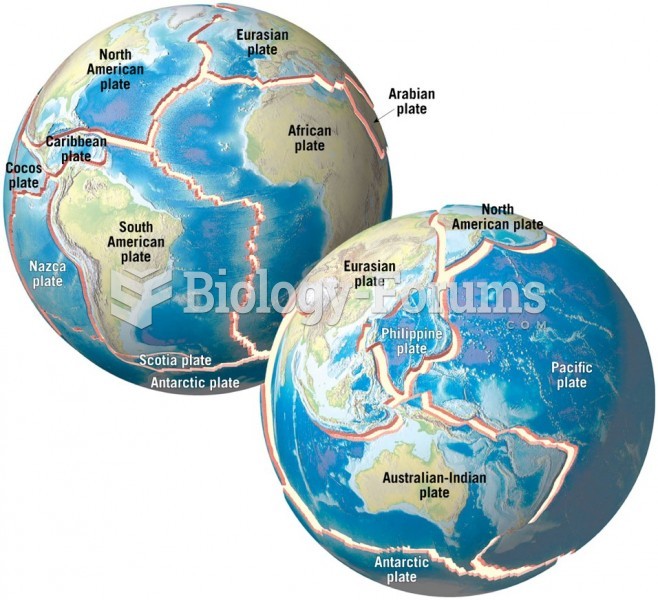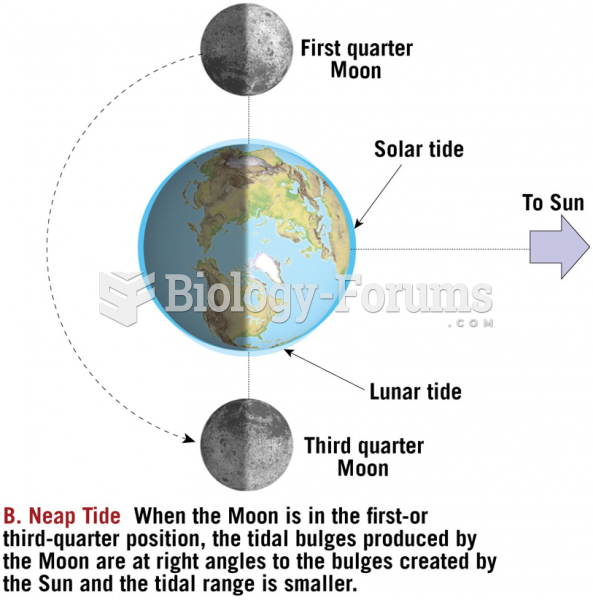Answer to Question 1ANS:Answer
should include:
The early atmosphere was rich in nitrogen, carbon dioxide, and water vapor. There were
also traces of methane and ammonium.
Changes in the atmosphere began 3.5 billion years ago. The composition changed into
nitrogen and oxygen.
Carbon dioxide that was once abundant in the atmosphere began to get absorbed into
seawater attributed to the changes in composition 3.5 billion years ago.
The change in atmosphere allowed sunlight to penetrate the Earth's surface which was
able to break up the water vapor.
Photosynthetic organisms were key in changing the atmosphere approximately 1.5
billion years ago. These photosynthetic organisms produced large amounts of oxygen
and are what caused our atmosphere to look similar to what it does today.
The oxygen began oxidizing minerals in the sediments. Eventually, the oxygen began
accumulating in the atmosphere.
This increase in oxygen to the atmosphere is often called the oxygen revolution
Answer to Question 2ANS:Answer
should include:
The movement in a nearly circular orbit around a stable star is needed.
The distance from the star is important. It has an effect on the temperature. If a planet is
too close to a star, it may only be able to sustain water vapor. On the other hand, a planet
that is too far away from the star will only be able to sustain solid ice.
There can only be a single star that it is orbiting to ensure the consistency of the
temperature. Multiple stars could cause intense periods of heat or cold.
Materials on the planet must be present to form a solid crust in addition to water.
The planet must be large enough to ensure its gravity will keep the ocean and
atmosphere from meandering into space.
The presence of an ocean is vital for the formation of life. This is likely the place on
Earth where life began.


